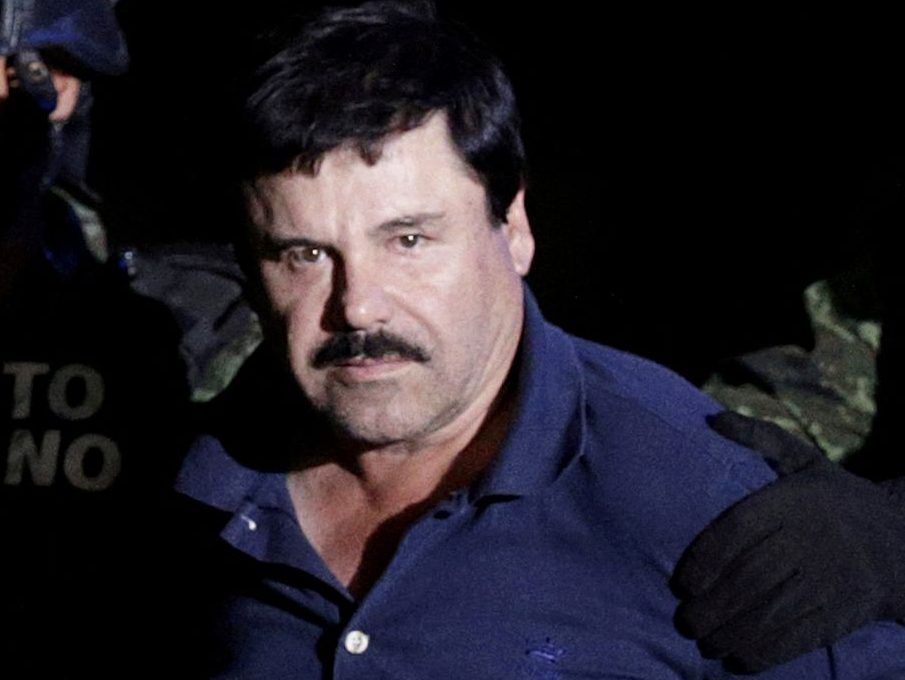The escalating civil war within Mexico’s notorious Sinaloa Cartel, marked by fierce conflict between the sons of Joaquín “El Chapo” Guzmán and loyalists to Ismael “El Mayo” Zambada, is producing significant and deadly repercussions for Canada. This internal cartel struggle has intensified violence in Mexico and disrupted established drug trafficking routes, resulting in a surge of dangerous synthetic opioids such as fentanyl flooding Canadian streets. The ongoing factional warfare is reshaping the dynamics of drug smuggling networks and contributing directly to rising opioid-related deaths across Canadian cities.
Origins and Escalation of the Sinaloa Cartel Split
The Sinaloa Cartel, historically united under the leadership of Joaquín “El Chapo” Guzmán, experienced fragmentation following his arrest and extradition to the United States. The cartel is currently divided primarily between two factions: “Los Chapitos,” led by El Chapo’s sons, and a rival group loyal to long-time boss Ismael “El Mayo” Zambada. This division has triggered violent clashes as both sides vie for control over territories and trafficking networks. A significant escalation occurred after the arrest of Ovidio Guzmán López, El Chapo’s son, which resulted in deadly confrontations in key strongholds such as Culiacán, sinalizing a new chapter of internal cartel warfare.
Impact on the Drug Trade and Canada
The ongoing conflict within the Sinaloa Cartel has disrupted traditional drug trafficking corridors, creating opportunities for rival organizations, most notably the Jalisco New Generation Cartel (CJNG), to extend their influence towards northern border regions. Both factions involved in the Sinaloa split, as well as competing groups, have intensified the production and smuggling of synthetic drugs, particularly fentanyl and methamphetamine. These substances are increasingly trafficked into Canadian cities, contributing to a significant rise in opioid-related fatalities. Canadian public health authorities have reported escalating overdoses linked to fentanyl infiltrating local drug markets at unprecedented levels.
Changing Alliances and Escalation Risks
The fluid nature of alliances among Mexican cartels has further exacerbated violence. Shifts in loyalty and territorial control have led to an uptick in mass casualties, including attacks targeting law enforcement agencies. This violence extends beyond Mexico’s borders, as supply chains become more complex and cross-border trafficking accelerates. The intensified rivalries disrupt efforts to contain drug flows and complicate cooperation between Mexican, U.S., and Canadian law enforcement, which collectively face the challenge of managing violent and well-armed criminal networks.
Weapons Flow and Escalation
The cartel conflict is sustained in part by the steady supply of illegal firearms, predominantly smuggled from the United States. These advanced weapons have increased the operational capacity of cartel factions, enabling fierce and prolonged confrontations both internally and against government forces. The enhanced firepower not only escalates conflicts within Mexico but also indirectly exacerbates the drug crisis in Canada by facilitating the continued smuggling of synthetic opioids into the country.
Broader Implications
The civil war within the Sinaloa Cartel is significantly altering the landscape of organized crime in Mexico, with far-reaching effects on public safety and health across North America. The intensified cartel violence, along with the disruption of established trafficking routes, has led to a surge in the availability of potent synthetic drugs in Canada. This evolving situation demands increased attention from policymakers and law enforcement agencies across borders to address the interconnected challenges of narcotics trafficking, cartel violence, and the worsening opioid epidemic.
In summary, the ongoing civil war within the Sinaloa Cartel is having profound consequences far beyond Mexico’s borders, especially impacting public health and safety in Canada. The fierce internal conflicts and shifting alliances within the cartel have disrupted traditional drug trafficking networks, leading to a surge in the smuggling of lethal synthetic opioids such as fentanyl into Canadian communities. This has contributed directly to rising opioid overdose deaths and complicated international law enforcement efforts. Addressing these challenges requires coordinated cross-border strategies and sustained focus on both the root causes of cartel violence and the public health crisis linked to synthetic drug proliferation.

